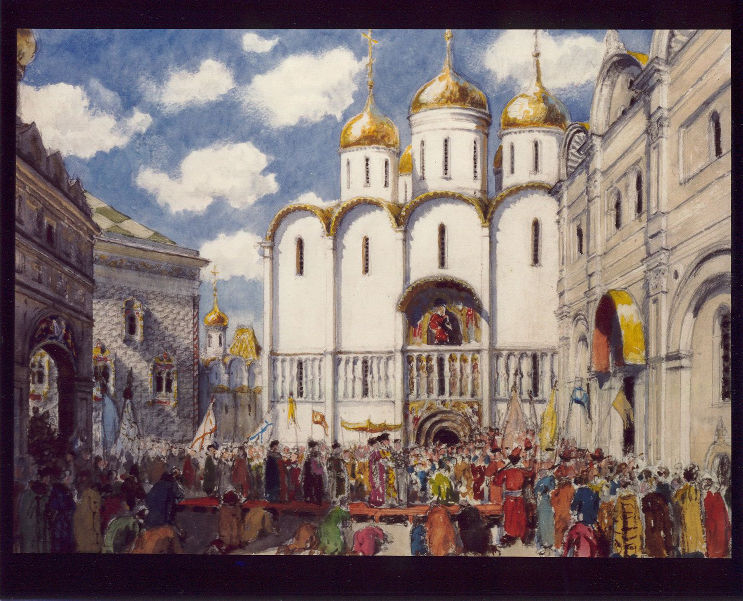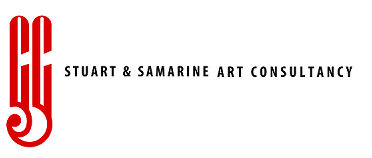Benois Kremlin Godunov 2

Benois, Alexander Nikolaievich (1870-1960)
Stage Design for the Opera Boris Godunov watercolour and gouache over pencil, inscribed by the artist on the reverse approx. 34.5 by 47cm.
Son of an architect, and one of the key figures of the World of Art movement. Theatrical designer, book illustrator, draughtsman, painter, and art historian, Alexander Benois was a man of many talents. Born into an artistic St. Petersburg family of French descent, he studied law at the university, while attending the Imperial Academy as an external student. Began to exhibit his watercolours in 1896. Visited Paris with his friends Somov and Bakst between 1896-99 in order to study western European art. Founded and organised the World of Art Movement which began as a club for friends from the Karl May gymnasium. They met once a week at the Benois family home to discuss the latest cultural events. Began to work as a theatrical designer from 1900, working with Diaghilev in Paris on Boris Godunov in 1907. Illustrated books of which Pushkin’s The Bronze Horseman (1904) is probably the best known. Curator in the Hermitage and for several of the newly nationalised Imperial Palaces from 1918 until his emigration to Paris in 1926, where he worked with the Comedie Française, and the Grande Opera. Produced designs in Milan for the Scala, and in London for the Royal Ballet. His book The Russian School of Painting (published in English, New York, 1916) remains one the best introductions to the subject.
